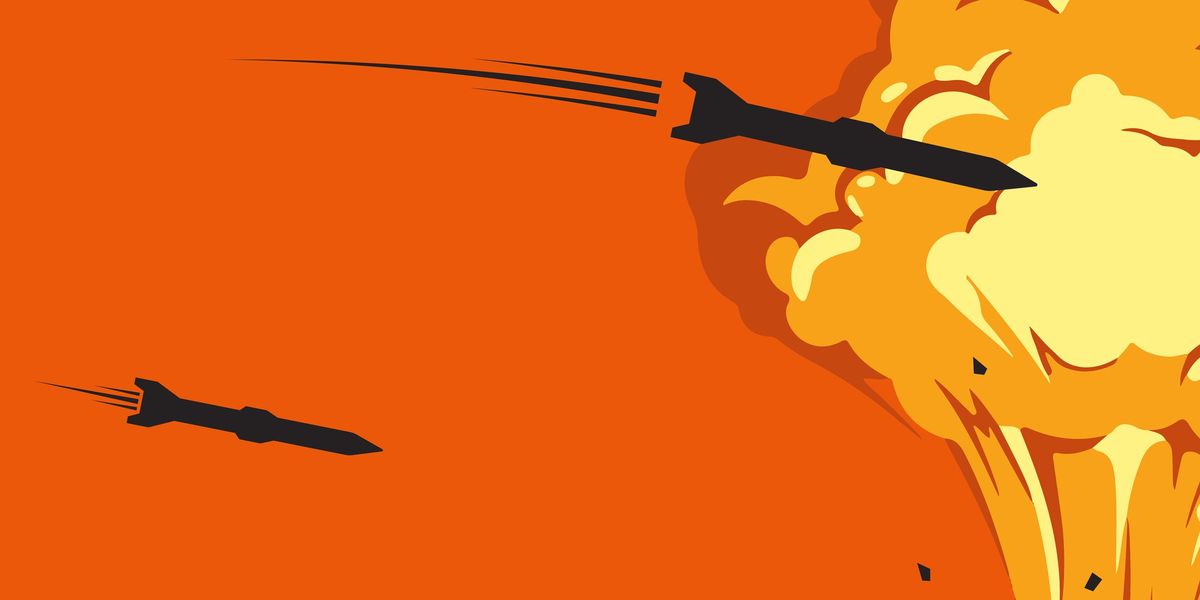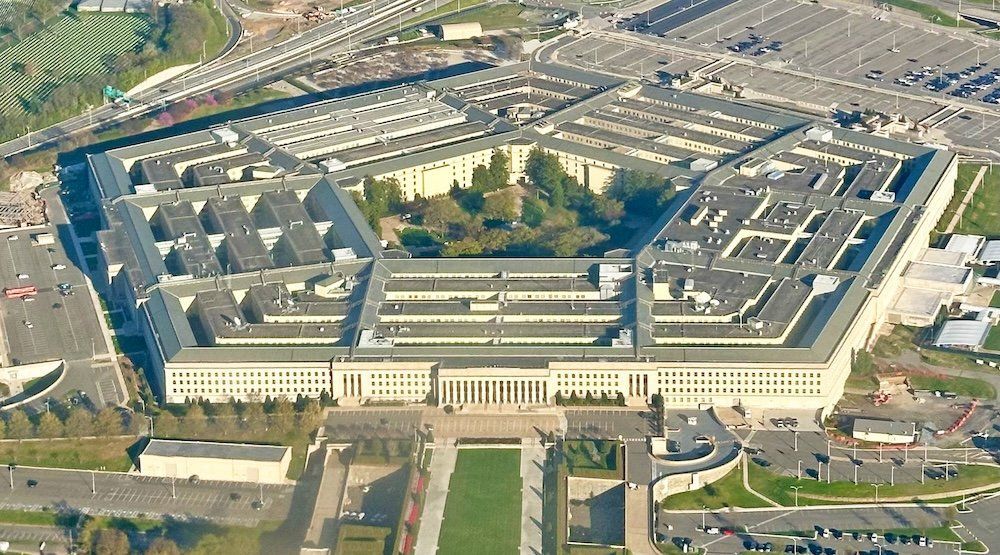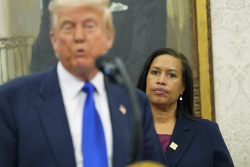

Eighty years ago, the United States dropped atomic bombs on Hiroshima and Nagasaki, ushering in the nuclear age. Many analysts claimed those weapons forever changed the nature of war. They were wrong.
Two centuries earlier, Prussian theorist Carl von Clausewitz defined war as a violent clash of wills — a cyclical struggle of action, reaction, chance, and chaos. That description fits every era, from Thucydides to today.
Putin has nothing to lose by threatening to use nuclear weapons. He has everything to lose by actually using them.
The nature of war doesn’t change. What does change is its character, shaped by technology, geography, and culture. Nuclear weapons altered that character profoundly, preventing a U.S.-Soviet clash but never abolishing Clausewitz’s law of the battlefield.
From hot to cold
After 1945, nukes put a ceiling on global conflict. Compare the bloodletting between 1914 and 1945 with the relative restraint that followed. Fear of annihilation imposed boundaries.
Cold War strategy revolved around the “escalation ladder.” NATO knew it could not match Soviet conventional strength in Europe, so U.S. planners threatened to climb the rungs:
- Tactical nukes: Battlefield use against enemy units nearby.
- Theater nukes: Regional strikes on key military targets.
- Strategic nukes: Long-range strikes on an enemy’s homeland.
At first, Washington believed it had escalation dominance, but that illusion collapsed in the 1970s as Moscow built powerful counterforce weapons and theater nukes. America’s fallback was no longer credible.
The U.S. answered with modernization — Minuteman III, MX, and Trident missiles at the strategic level; Pershing II deployments in Europe at the theater level; and new conventional doctrines like AirLand Battle and the Navy’s Maritime Strategy. This layered approach restored balance.
From cold to frozen
With the Soviet Union’s collapse, nuclear centrality in U.S. policy faded. By 2010, the Obama administration’s Nuclear Posture Review declared Russia no longer an adversary. Nuclear strategy atrophied.
Trump 43 reversed course, seeking to revitalize deterrence against a resurgent Moscow. Joe Biden returned to the Obama approach. Trump 45 has emphasized preventing Iran from joining the nuclear club, but strategy toward Russia remains unsettled.
Nuclear relevance today
Russia’s war in Ukraine reignited fears of nuclear escalation. Both Moscow and Washington maintain roughly 1,400 deployed warheads each, plus reserves. Thanks to satellite guidance, modern systems now strike with pinpoint accuracy. A smaller yield can achieve the destructive power once requiring a much larger blast. Some fear this makes nuclear weapons more “usable.”
RELATED: Trump’s Pentagon overhaul: Purging woke agendas, restoring readiness
 Douglas Rissing via iStock/Getty Images
Douglas Rissing via iStock/Getty Images
Could Putin employ a tactical nuke to break the stalemate? Possibly. Russia fields low-yield warheads and delivery systems like the Iskander-M (NATO code: SS-26 “Stone”). But Moscow also has advanced non-nuclear options — thermobaric bombs, massive bunker-busters, and electromagnetic pulse warheads capable of crippling electronics across miles. These weapons achieve nuclear-like psychological and operational effects without crossing the nuclear threshold.
So far, NATO aid to Ukraine has mirrored Soviet and Chinese support for North Vietnam — decisive but short of direct conflict. And Russia has escalated through massive conventional strikes on Ukraine’s power plants, command centers, and cities, deliberately raising the human and economic costs. The effect mirrors nuclear terror: darkness, disruption, and despair.
That’s why Putin has no military incentive to use actual nuclear weapons when his conventional arsenal achieves the same result.
Putin’s nuclear Rubicon
Technological advances have blurred the line between nuclear and non-nuclear weapons, lowering the odds of Russia crossing the nuclear Rubicon. But Clausewitz warned that war always brings chance, uncertainty, and friction. Nuclear weapons magnify all three.
Putin can posture, threaten, and hint. But as one commentator put it: “He has nothing to lose by threatening to use nuclear weapons. He has everything to lose by actually using them.”
















